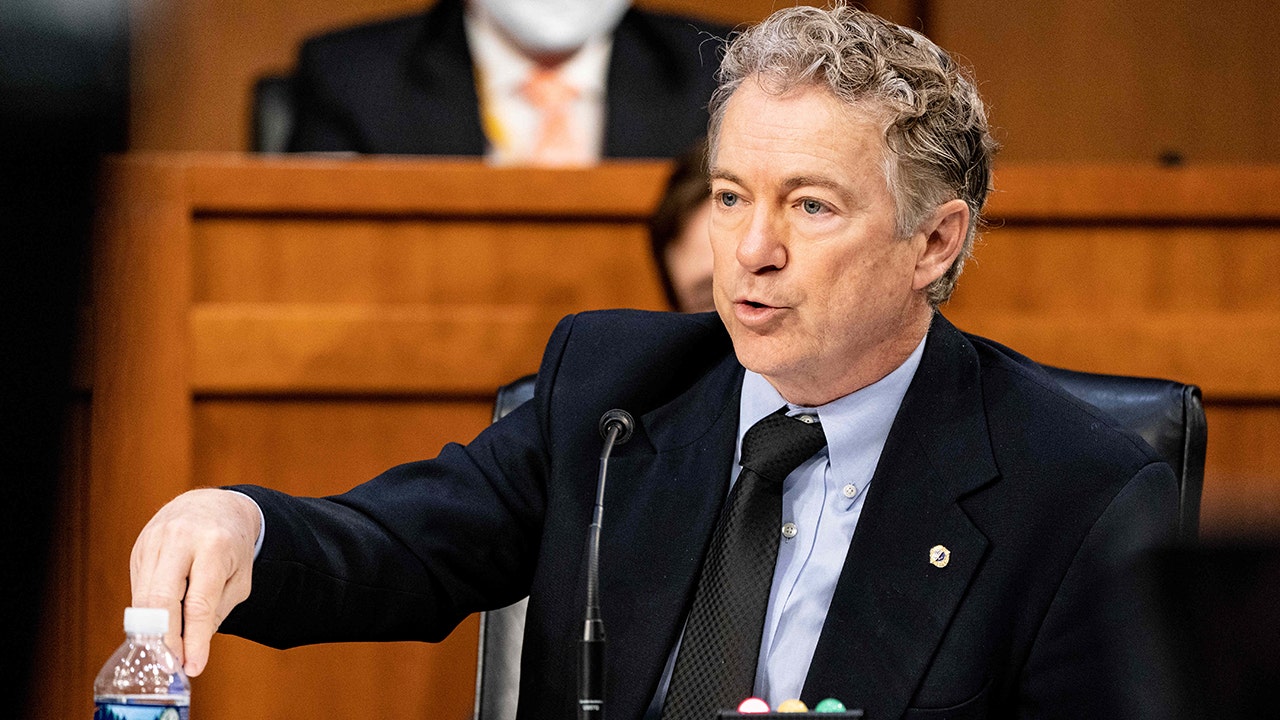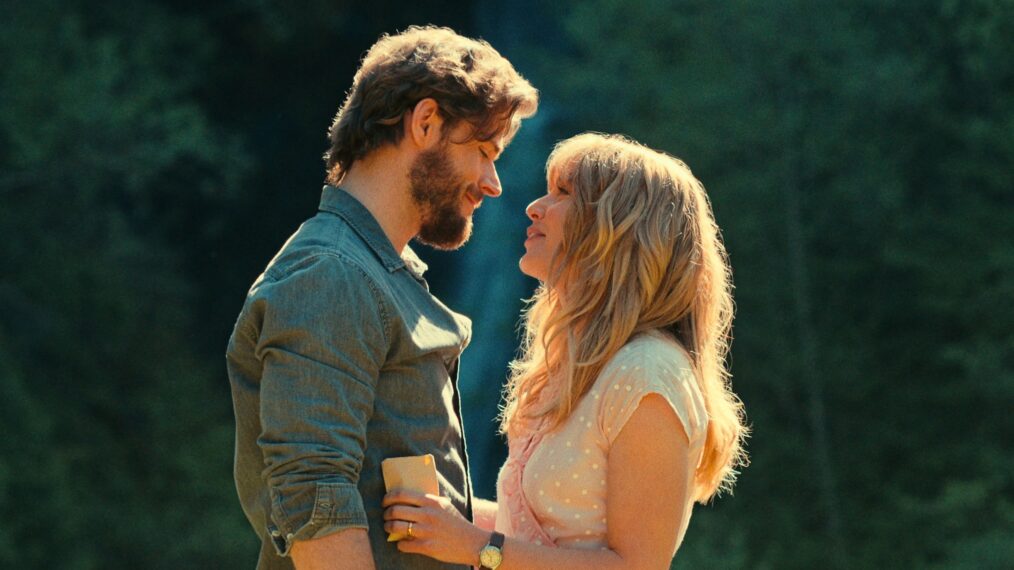Shogun is the best thing that ever happened to Hulu.
It currently sits in the number one spot as the most-watched program in FX’s history, backed by massive critical acclaim.
It doesn’t begin or end there, either. The book, published in 1975, was also a massive hit, as was the succeeding 1980s TV mini-series.
Since the release of the most recent iteration, television critics and reviewers have brushed off the idea of a second season, much less a third.
The series and the book both end in the same place, after all. Besides a loosely related 1993 novel, Gai-Jin, James Clavell never wrote a sequel.
Only a week ago, most media outlets were waxing poetic about the show’s profound wonders and sulking over the sudden loss of Shogun after a ten-episode run.
It’s hard to blame them. What else is there to cover?
Sure, showrunners Justin Marks and Rachel Kondo did a phenomenal job piecing together James Clavell’s work, while providing a unique, 50/50 perspective that the book and previous mini-series could not produce.
But, everyone knows what happens when a show goes off-book. Just ask Jamie Lannister and Brienne of Tarth. Game of Thrones is an easy target.
Five seasons of immensely detailed, and wildly creative visual world and character-building led to a world-class lesson in how not to finish a series.
Fifty years from now, there will be shelves of books pointing to Game of Thrones as an excruciating example of why no one should ever leave the source material behind.
But then, something miraculous happened.
Out of the cold, dead ashes of Game of Thrones’ final three seasons rose House of the Dragon, a highly praised series that was a joy to watch, especially after the demise of its predecessor.
The situation with Shogun is a little different.
The show ended on a high note, rather than an inelegant fall from grace. It would seem that success begets success as much as failure does the same.
Fortunately, for all of the Shogun fans out there (and there are many), the Hulu/Disney/FX mega giant just announced that they are working with the James Clavell estate on a second and a third season.
Here, Marks and Kondo run into the same problem that David Benioff and D.B. Weiss failed to overcome — continuing a series bereft of the source material.
But that isn’t entirely true if you know anything about James Clavell’s Shogun.
Clavell wrote Shogun after two years of intensive immersion and research into Japanese history and lore.
Series protagonists Yoshii Toranaga and John Blackthorne were not conjured from the substratum of Clavell’s gray matter. At least not wholly.
They are closely related to their real-life counterparts, Tokugawa Ieyasu and William Adams.
John Blackthorne’s dialogue sounds eerily similar to that of his historical twin:
I am a Kentish man, borne in a towne called Gillingam, two English miles from Rochester, one mile from Chattam, where the Kings ships doe lye
In fact, William Adams’ introduction to the “Japans” is almost identical to his fictional doppelganger, written into being four centuries later.
Much of what happens throughout Shogun’s ten episodes is similar to the historical account, though obvious liberties are made.
However, this informs us where Marks and Kondo are potentially headed next, and the idea is just as exciting as anything James Clavell could have offered in his many novels.
In the Shogun series and book, Toranaga puts on false pretenses, convincing his adversaries that he is weak, humbled, and possibly sick.
As the enemy lowers their defenses, Mariko is able to enter Osaka and apply pressure on Ishido to release his hostages.
Instead, her death accomplishes the same. Ishido, without his hostages, loses his leverage over his coerced alliances.
Toranaga then burns Blackthorne’s ship to appease and ally himself with the Catholics, gaining Blackthorne because he cannot leave, and the Catholics agree not to seek his life.
Historically, this ending doesn’t match anything we have from William Adam’s written correspondence to his wife back home.
We know that Toranaga’s historical counterpart, Ieyasu, favored Adams and consulted with him over navigational and mercantile matters.
Adams was responsible for the burgeoning trade between Japan and England and the construction of ships.
Shogun doesn’t depict this aspect of Blackthorne because the show never caught up to history.
Along those same lines, Ieyasu eventually controlled Japan following the Battle of Sekigahara. Only three years after the battle, he was appointed Shogun.
While no one can say exactly how seasons 2 and 3 will play out, Adams and Ieyasu’s historical actions are a field full of riches to be mined.
While the show will technically have to go off-book, it doesn’t have to go off the historical record, at least not very far.
The fact that they are collaborating with Clavell’s estate is encouraging, as there is no better way to cull the best of author’s research, thoughts, and creativity on the matter.
The man may be long gone, but he was known for his extensive research, so collections of notes and manuscripts are likely to be available.
Hulu’s announcement also offers a glimpse into the minds of those involved with the words “the story and characters are intended to continue the saga.”
That’s not the type of thing you send out when there is no plan to continue with the current cast.
Of course, things can change. The entertainment industry is nothing if not capable of pivoting from one project to the next.
However, due to Shogun’s immense success, two things are certain, assuming the show continues as advertised:
Hulu can’t make a sequel with an all-new storyline and all-new characters, and Hulu can’t jump forward to Clavell’s second book, which takes place in Japan, Gai-Jin.
The latter includes a descendant of Toranaga, but that’s not the same as “the stories and characters are intended to continue the saga.”
True Detective suffered from such a move. Leaving behind Rust Colhe and Marty Hart undoubtedly hurt the show.
The same thing happened to The X-Files when the presence of Mulder and Scully waned in seasons 8 and 9.
Toranaga and Blackthorne are the faces of Shogun, with an excellent, calculating antagonist in Ishido.
All three are a joy to watch, and many fans feel that the show cut short their stories, mostly because the violent battle implied by Toranaga’s Crimson Sky plan never developed.
The battle did take place. Only, it happened in the deep recesses of history, over four centuries ago, and after the events depicted in Shogun.
There is so much story left to tell that it’s not surprising that a third season is also in place.
Consider the level of detail that Justin Marks and Rachel Kondo pursued to bring this ancient relic of Japanese history to life.
They consulted with Japanese historians to nail every aspect of the period, down to the colors in the kimonos.
This is the kind of team you want running the show when it must, by necessity, depart from the book that inspired it.
The real truth is buried beneath the glitz and glamor of the book that sold millions of copies, a 1980s mini-series that dominated television then, and a 2024 series that shattered Hulu and FX records.
That truth is simple: Japan’s rich and fascinating history is behind the book and the success of the early and modern series.
History was the building block behind the success of Shogun and the captivation of millions. Perhaps history will be the driving force behind future Shogun seasons.
What do you think, TV fanatics? Are you excited for a second season of Shogun? Or does the idea make you feel anxious for the story’s legacy?
Hit the comments section below to share your thoughts.
Thomas Godwin is a staff writer for TV Fanatic. You can follow him on X

































































